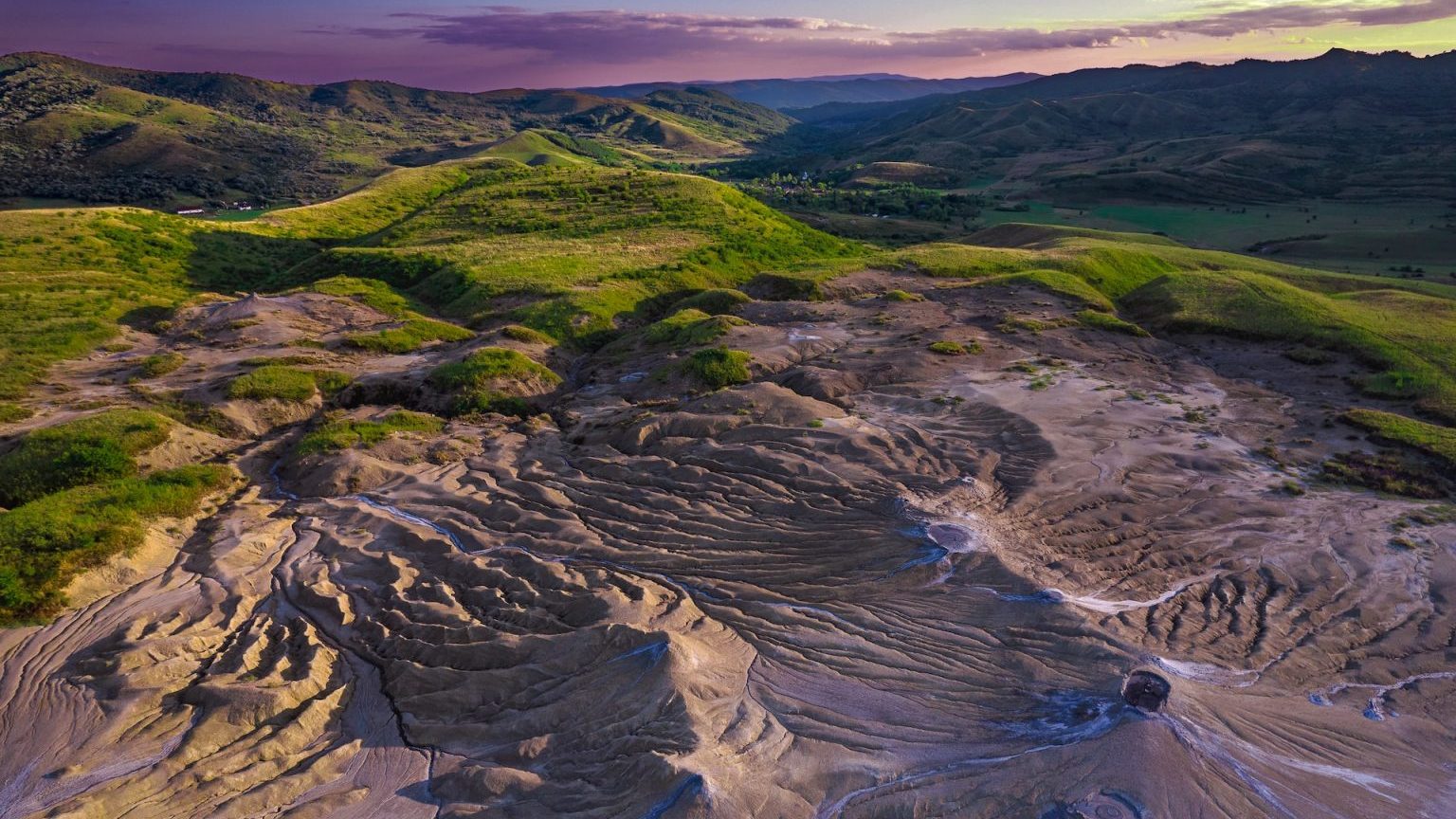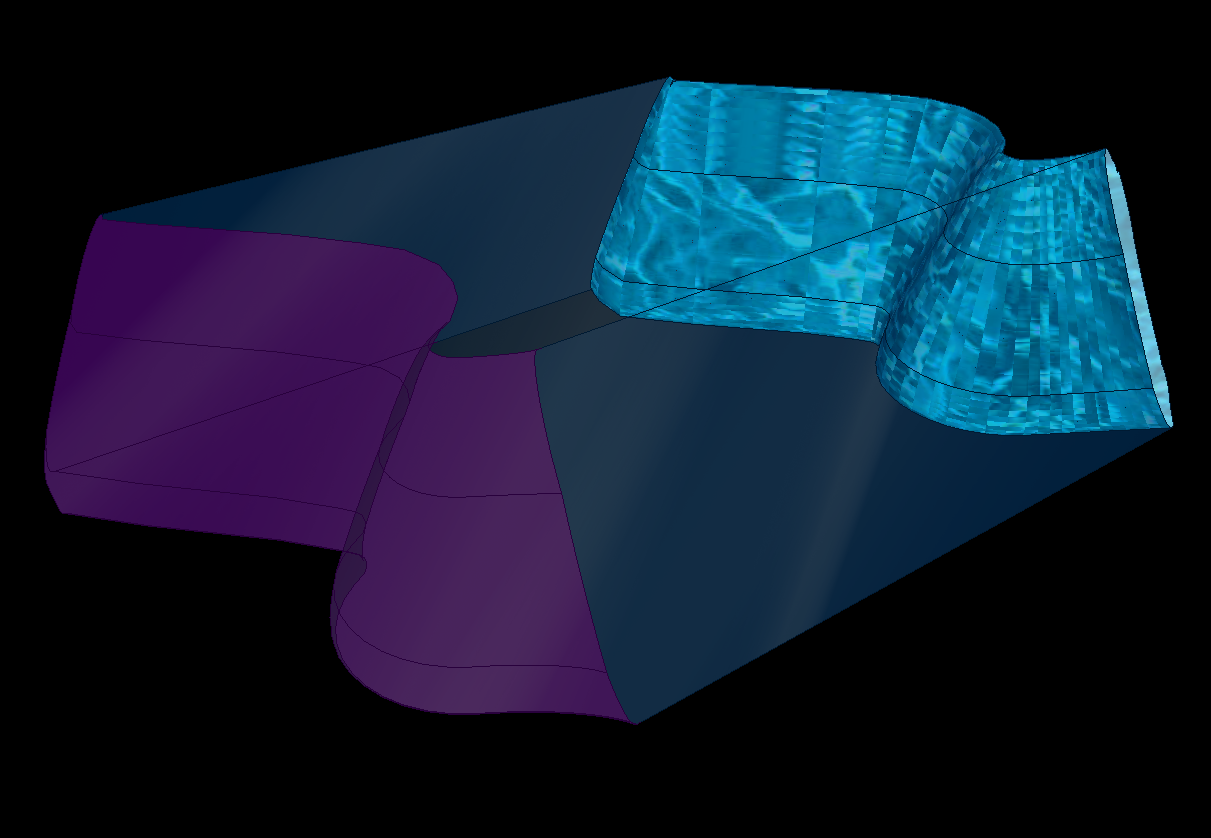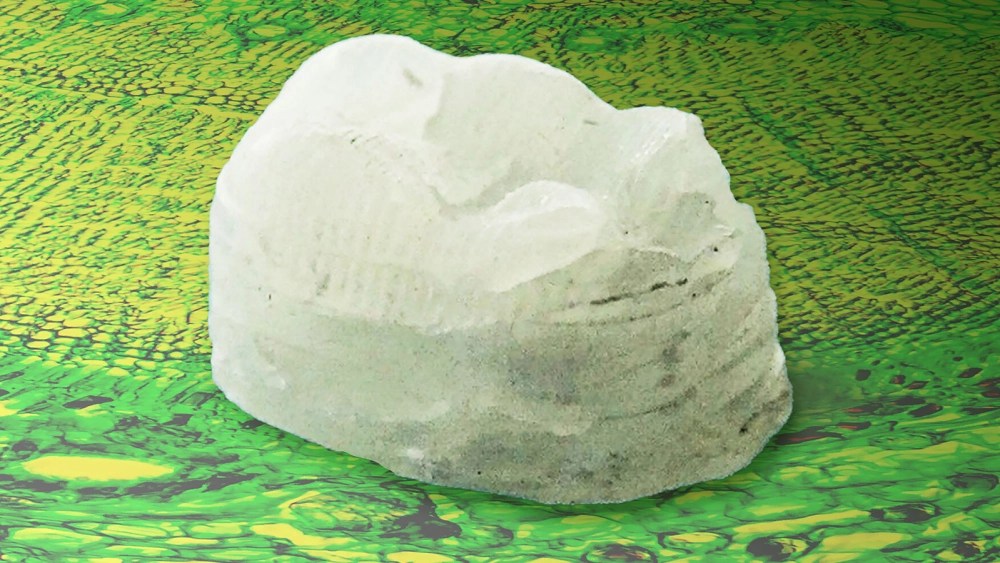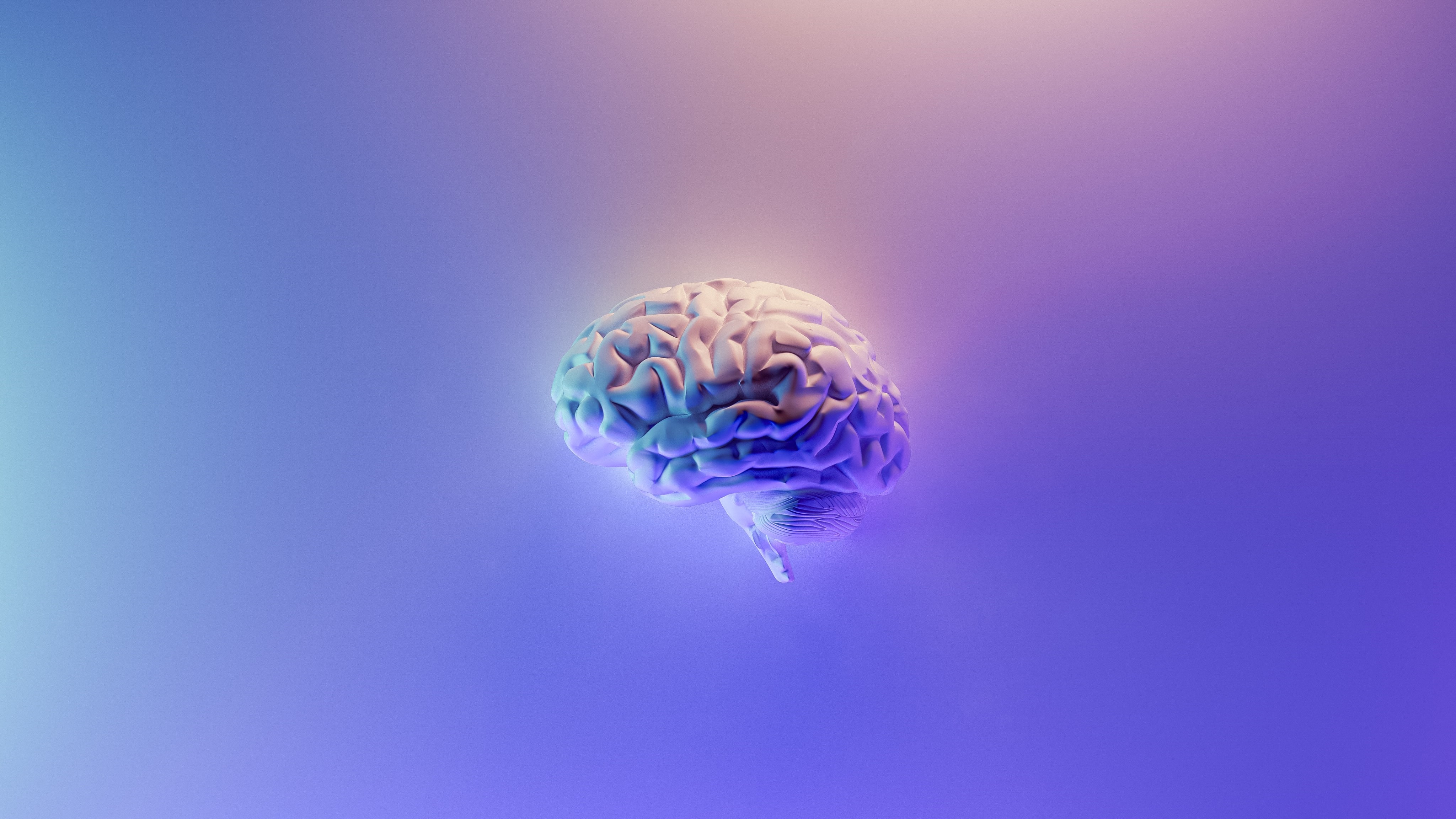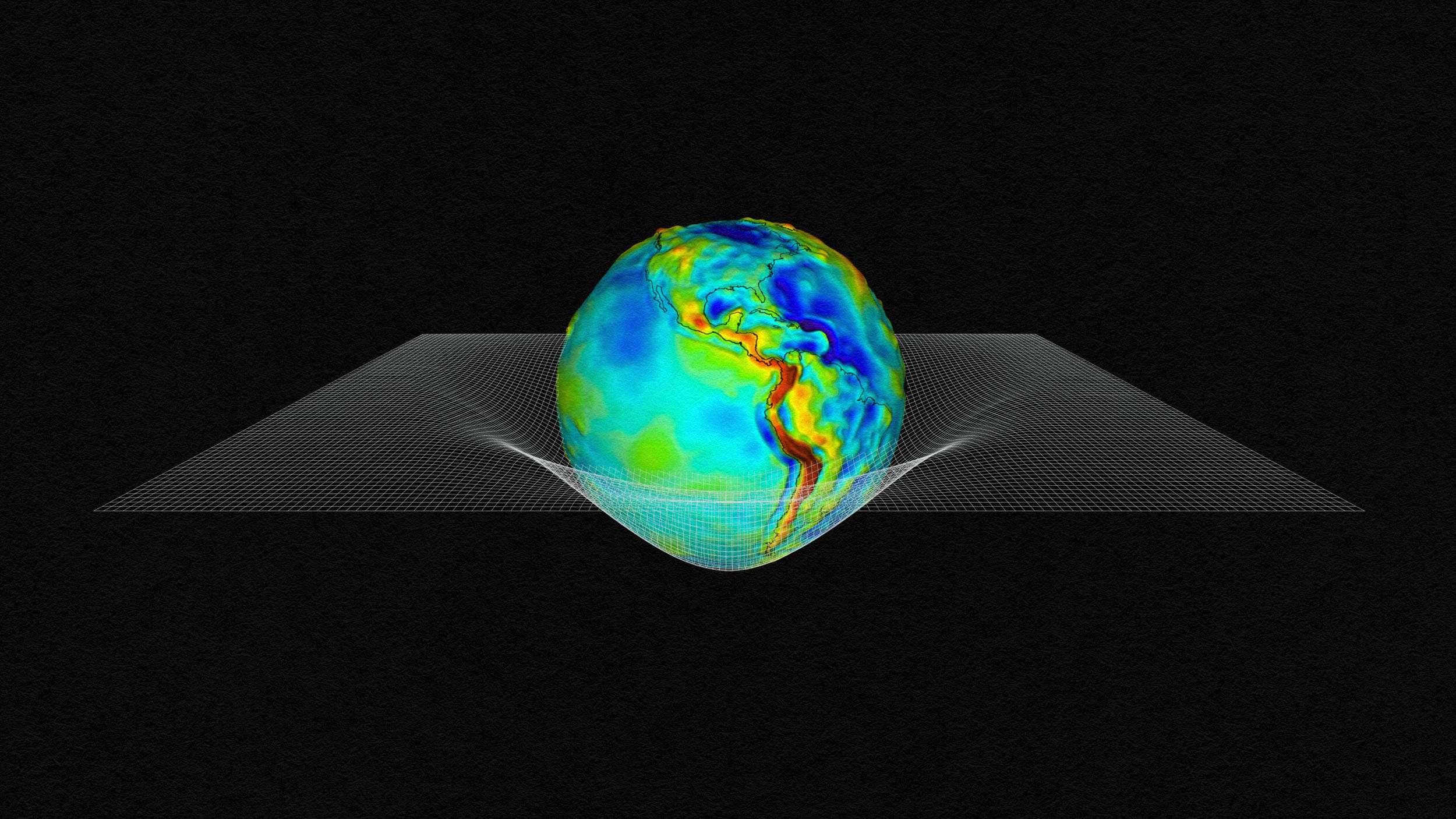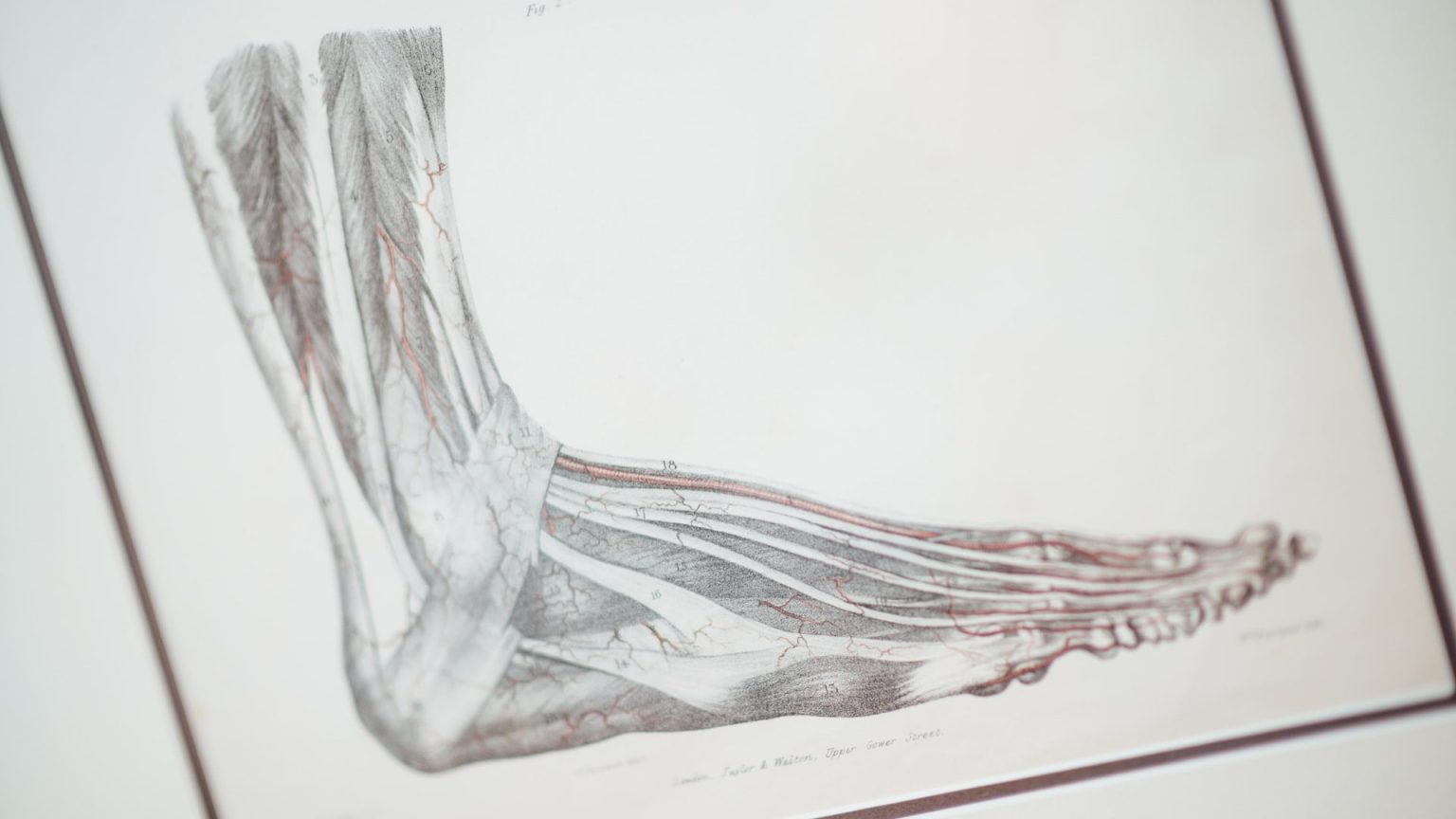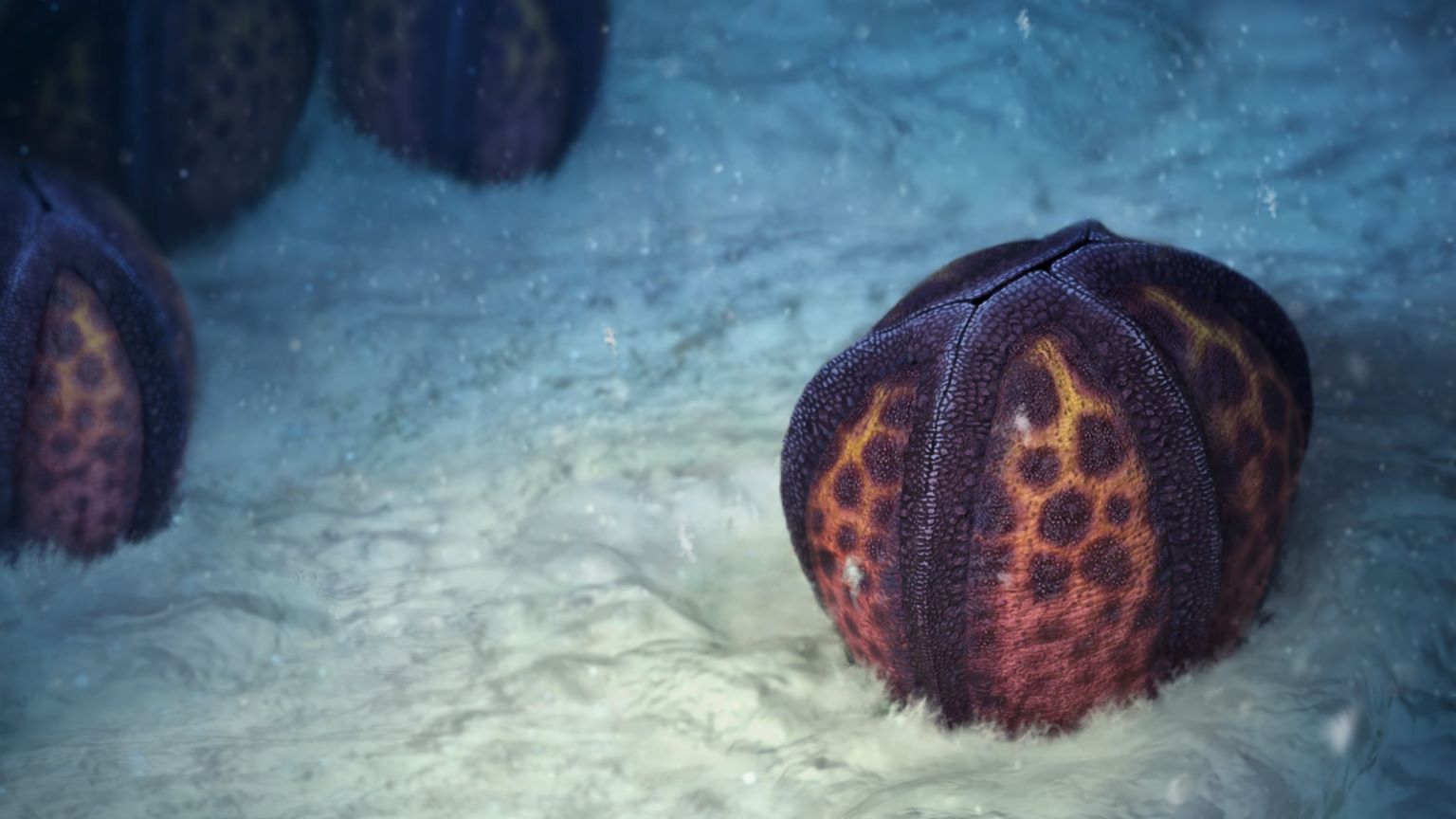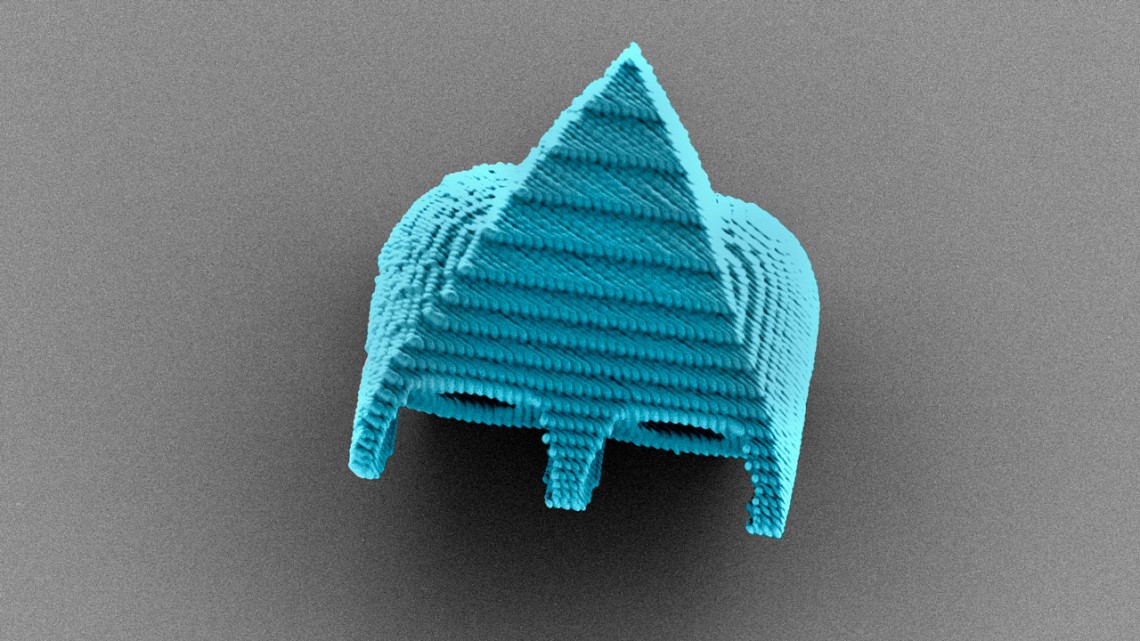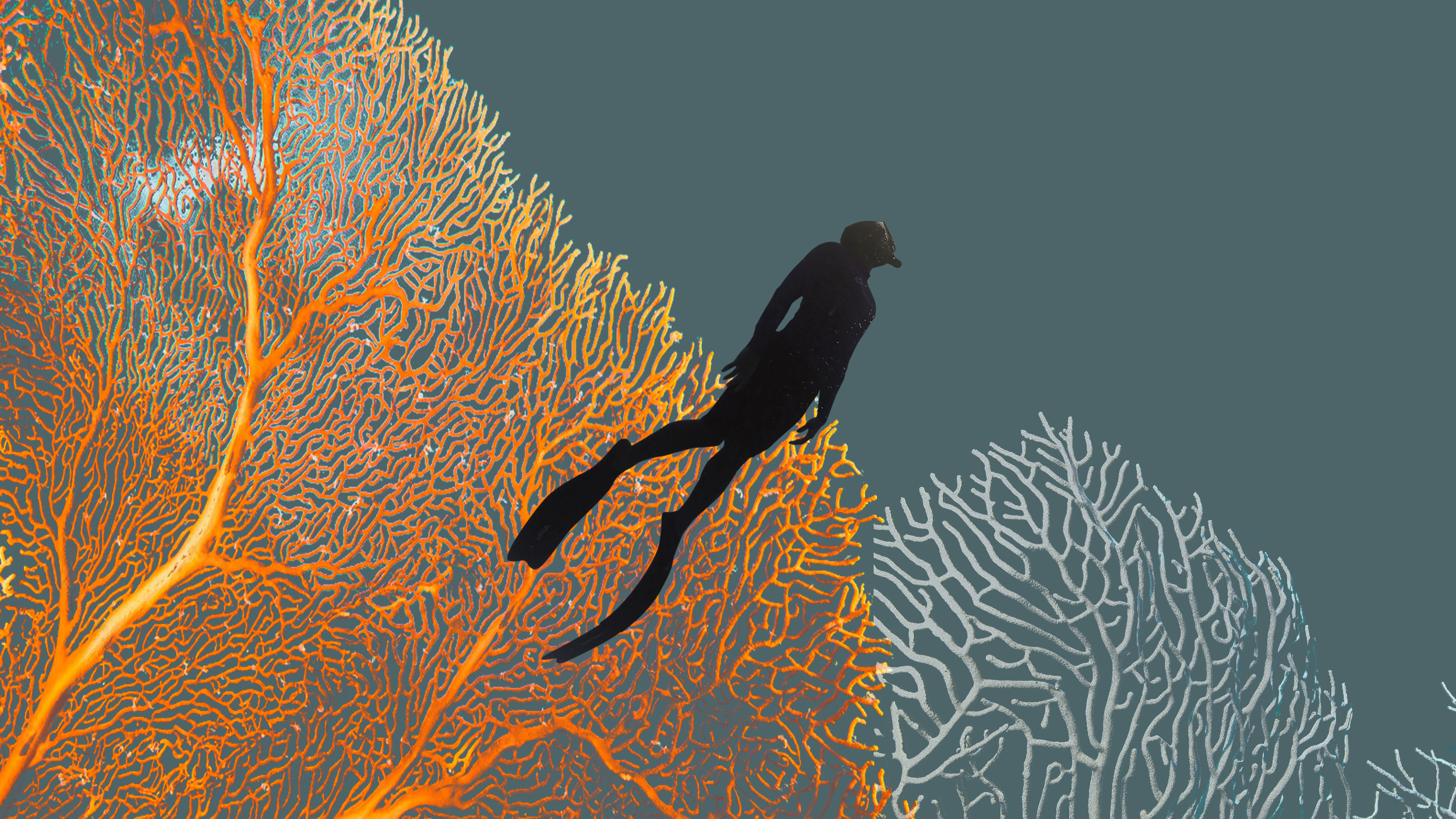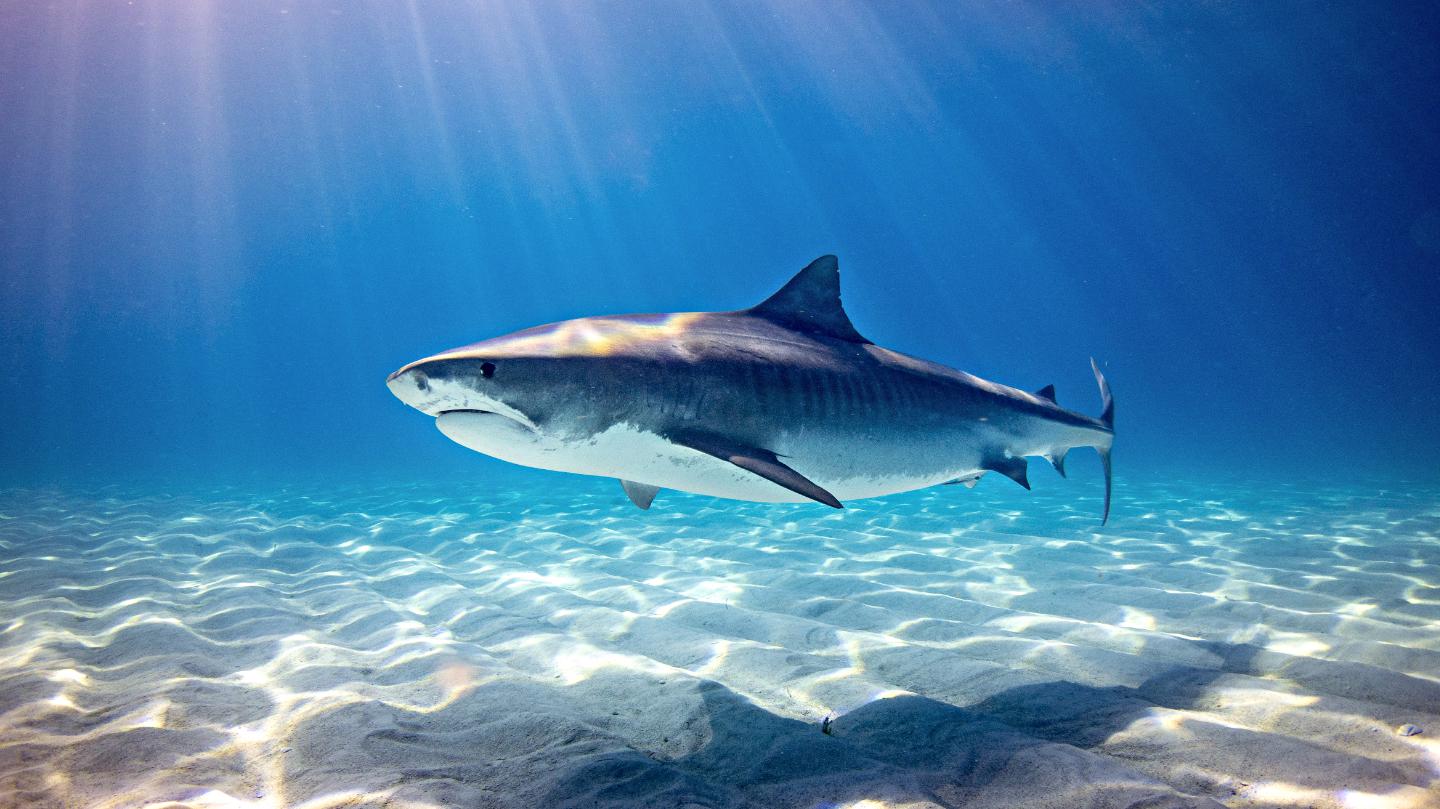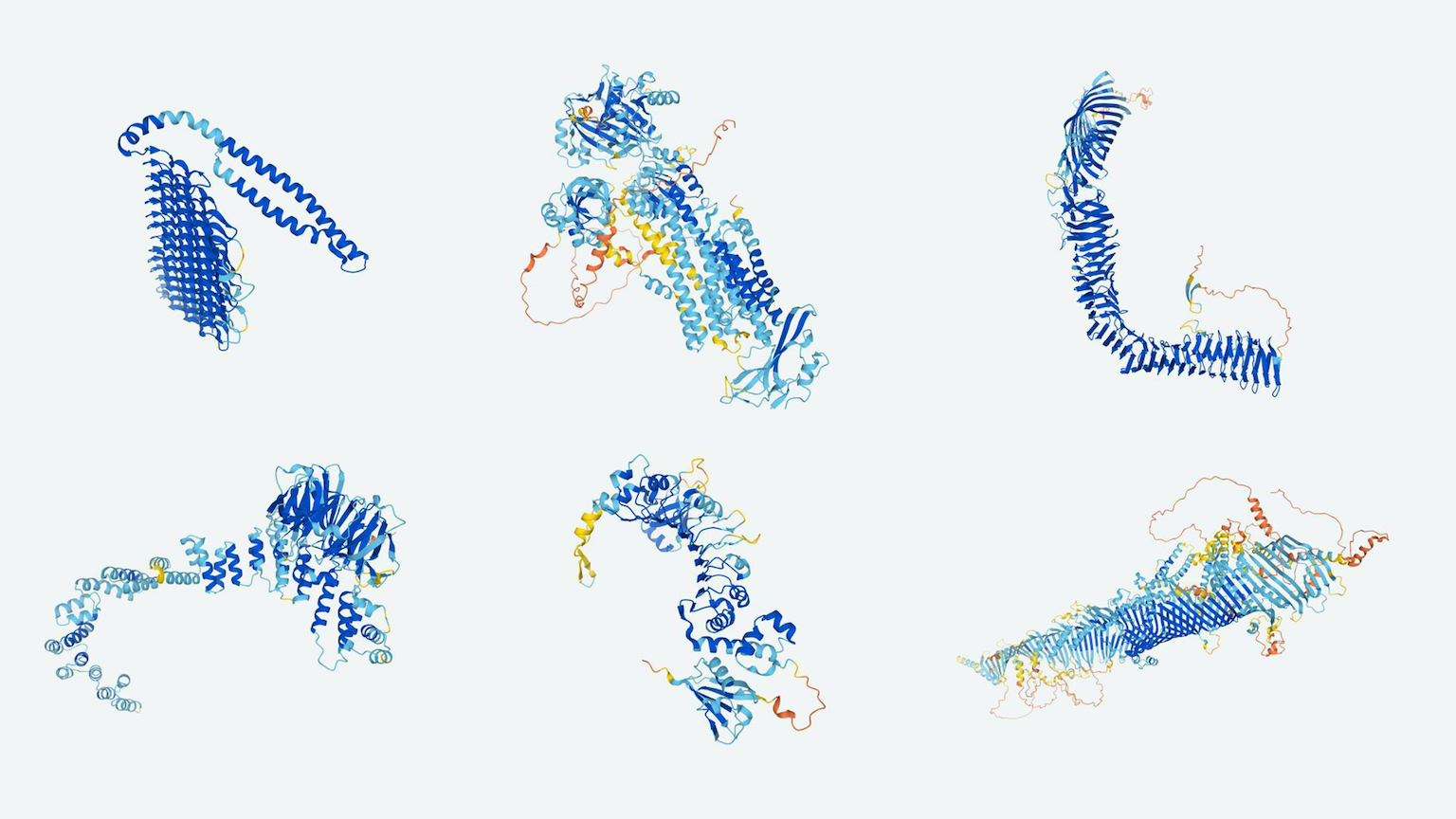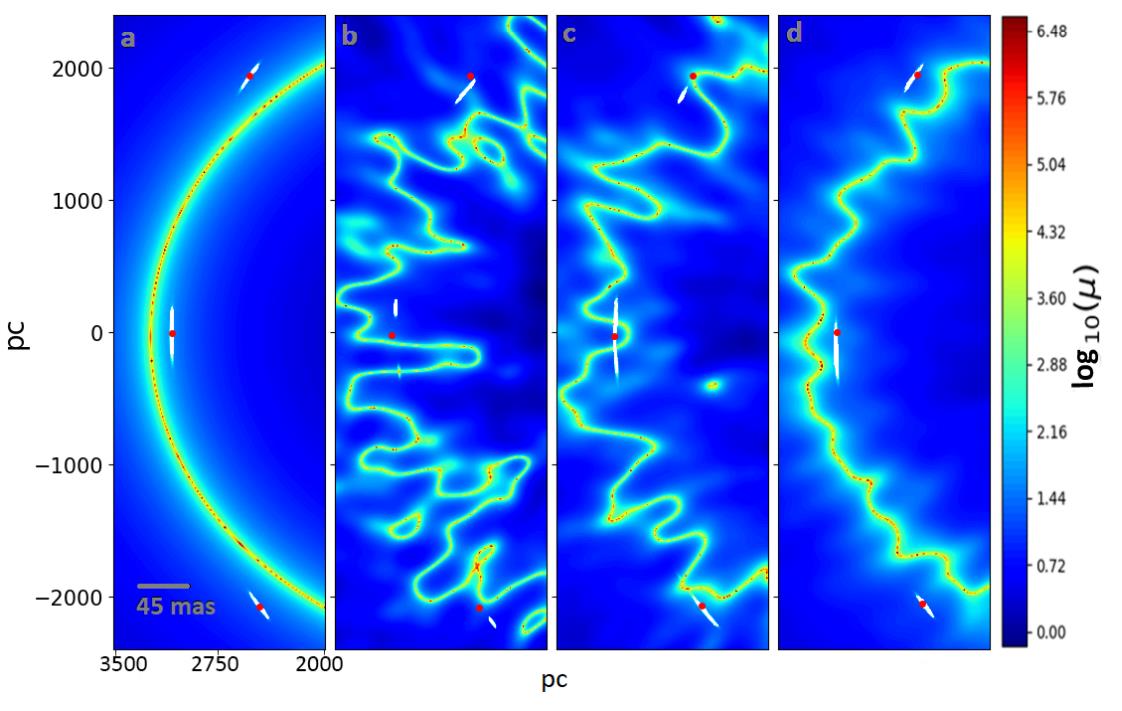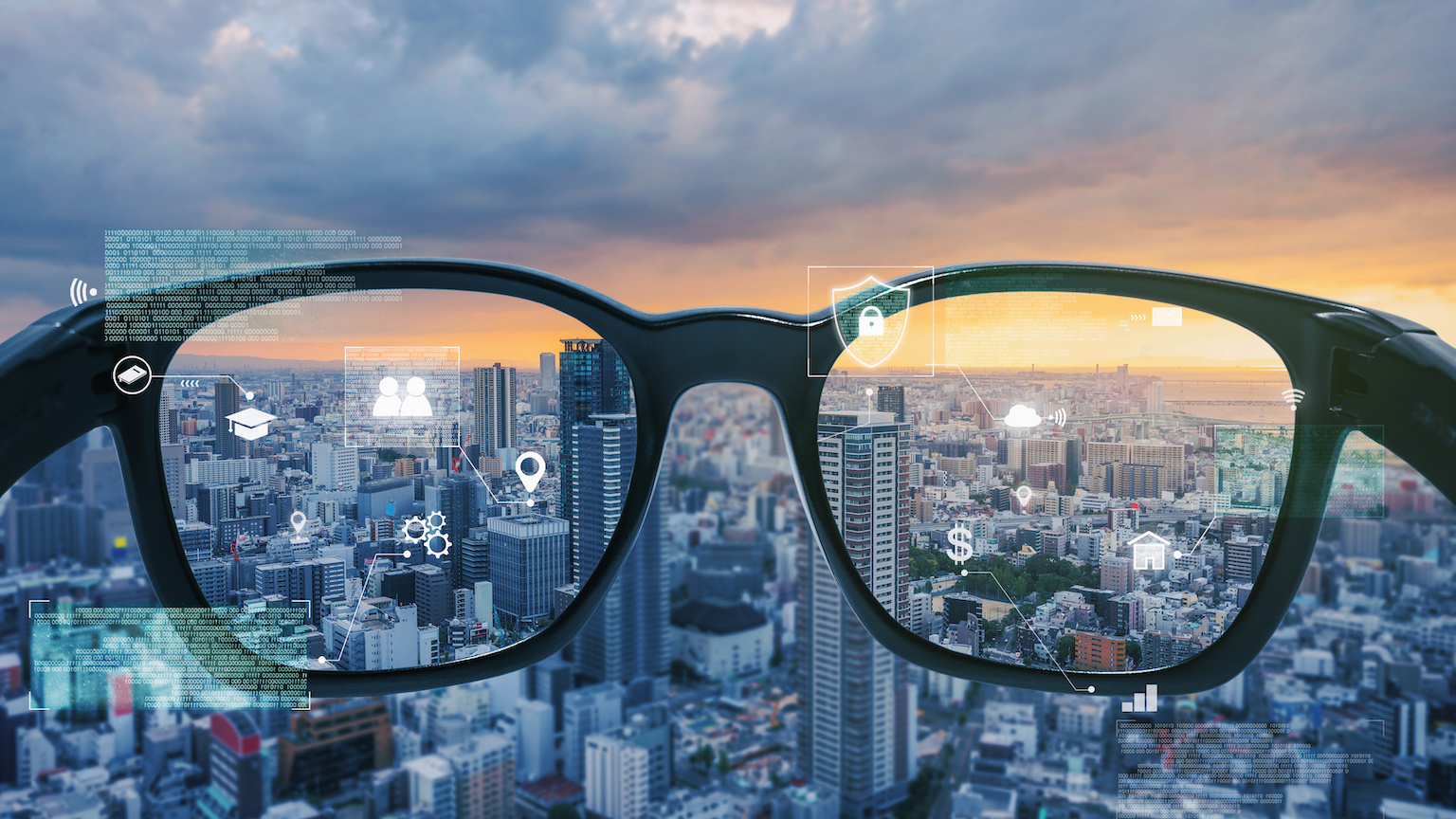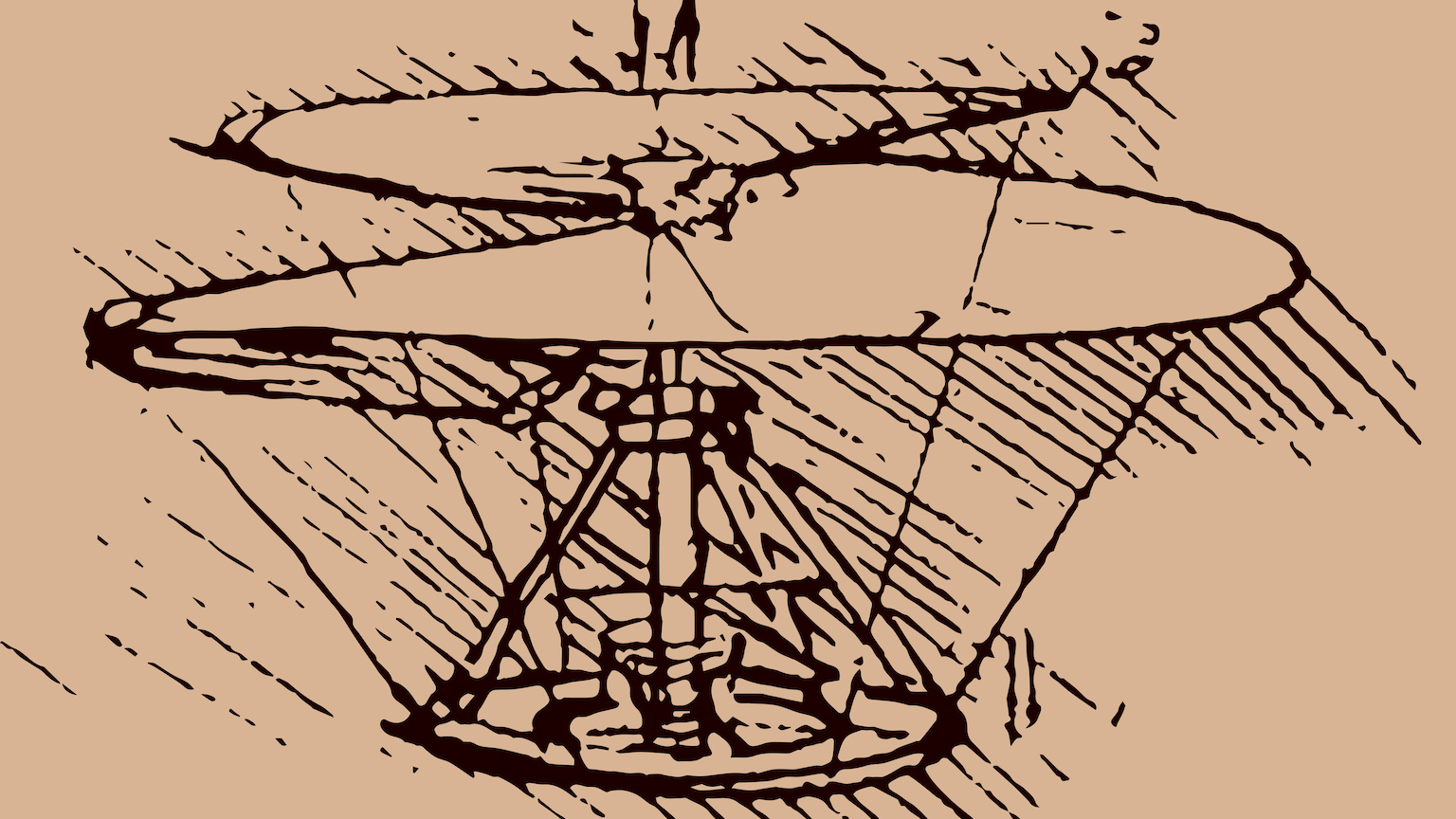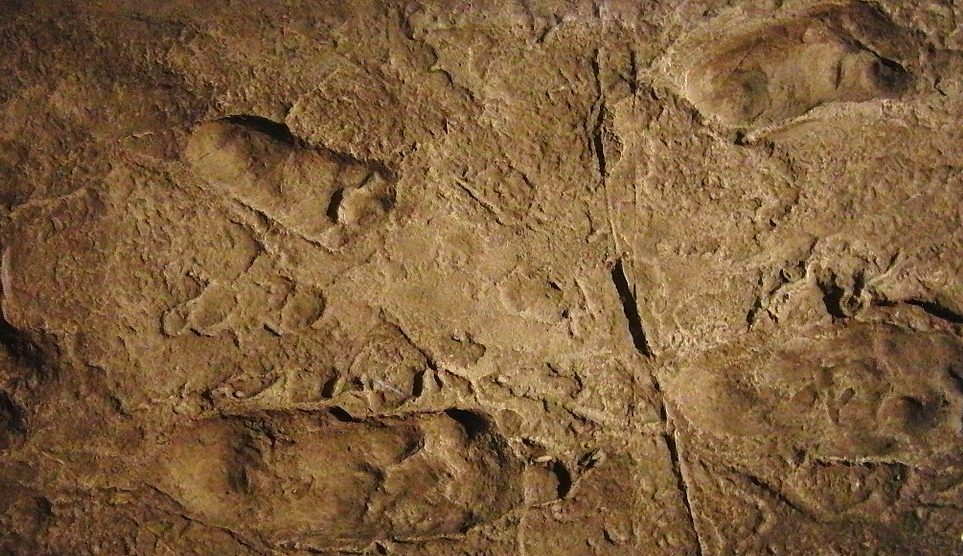For decades, cinemas have earned more from concessions than ticket sales. But can their current business model survive in the streaming age?
Search Results
You searched for: 3D
Why would the Earth suddenly start vomiting forth huge quantities of mud?
A team of scientists hopes deep-earth lithium could sustain America’s vast demand for batteries. But extracting it won’t be easy.
The holograms use ‘aerohaptics’, which creates feelings of touch with simple jets of air.
The time to begin exploring VR training is now. Here are the pros, cons, and different ways this technology can be utilized.
The “first-of-its-kind” archeological find is being reburied despite the fact that researchers haven’t finished studying it.
For every proton, there were over a billion others that annihilated away with an antimatter counterpart. So where did all that energy go?
Unless you confront your theory with what’s actually out there in the Universe, you’re playing in the sandbox, not engaging in science.
Astronomers claim to have found structures so large, they shouldn’t exist. With such biased, incomplete observations, perhaps they don’t.
An in-depth interview with astronomer Kelsey Johnson, whose new book, Into the Unknown, explores what remains unknown about the Universe.
Using cellulose from trees and a synthetic polymer, MIT researchers have created a material that “is stronger and tougher than some types of bone, and harder than typical aluminum alloys.”
New research suggests they may be in the connections between your brain cells.
What are they and, more importantly, how do you get rid of them?
In general relativity, matter and energy curve spacetime, which we experience as gravity. Why can’t there be an “antigravity” force?
Was our distant ancestor a biped or not – i.e., human or not human?
While one may be helpful, the other may be harmful.
Historically, periods of mass flourishing are underpinned by technological revolutions. Currently, we are undergoing a technological revolution unlike anything the world has ever seen.
Our own galaxy, the Milky Way, is both completely normal and absolutely remarkable in a number of ways. Here’s the story of our cosmic home.
Yorkicystis lived during the “Cambrian explosion,” 539 million to 485 million years ago – hundreds of million years before the dinosaurs.
Guided by ultrasound waves, swarms of microrobots could soon be used to deliver medicine to targeted sites in the body.
Murmurations have no leader and follow no plan.
Immersive learning creates an interactive environment in which learners have the power to customize their experience.
Evolution proves to be just about as ingenious as Nikola Tesla
“This will be one of the most important datasets since the mapping of the Human Genome.”
The best evidence for dark matter is astrophysical and indirect. Do new lensing observations point to ultra-light, wave-like dark matter?
The knobby starfish skeleton has diamond-like properties and could inspire new designs for lightweight, highly resilient ceramics, with widespread applications in engineering and construction.
The Virtual Metaverse will be for gaming and other short duration uses, while the Augmented Metaverse will revolutionize society.
The Google-owned company developed a system that can reliably predict the 3D shapes of proteins.
Da Vinci dreamed up a helicopter 400 years before they actually existed. Now, engineers have brought his design to life, but with a twist.
Bears, chimps, or humans? A track of five poorly preserved footsteps at Laetoli has puzzled paleontologists for decades. Now, a research paper from Nature claims to have solved the mystery.

